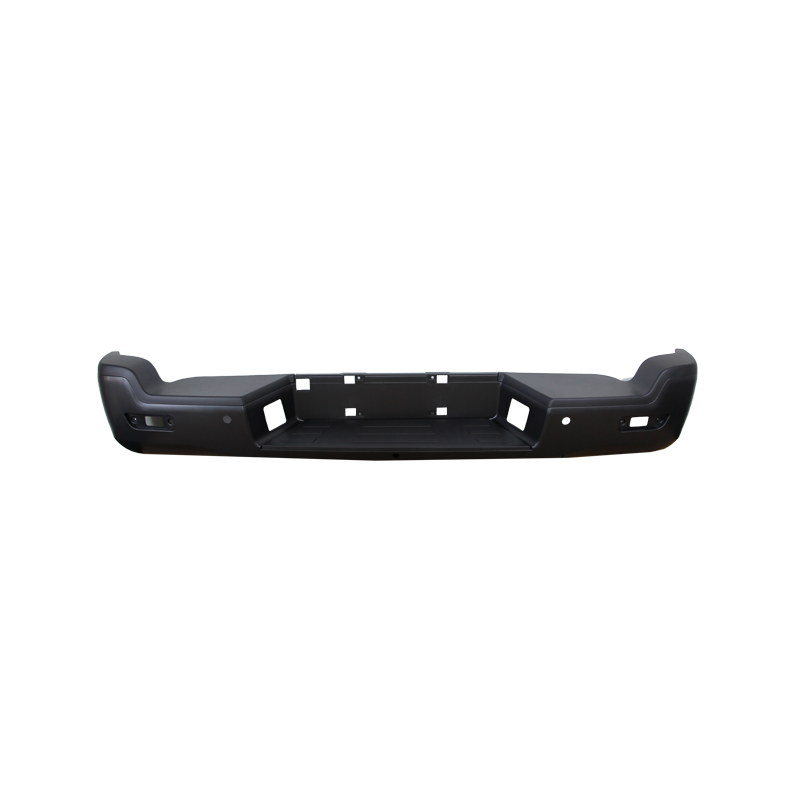

In the modern automotive industry, automotive plastic molding plays an essential role in manufacturing a wide range of components, both functional and aesthetic. As vehicle designs become increasingly advanced and space-efficient, the demand for components with intricate geometry and precise dimensions continues to grow. One of the key advantages of automotive plastic molding is its ability to create complex parts in a single production cycle—what the industry often refers to as “complex designs in one shot.”
Unlike traditional metalworking or multi-step assembly processes, automotive plastic molding enables manufacturers to produce components with integrated features, multi-level structures, and hidden connectors—all from a single mold. This dramatically reduces the need for secondary operations, such as welding, bonding, or mechanical assembly, which often to additional labor, cost, and error risks.
Take, for example, the dashboard support frame. This part must accommodate multiple air vents, electronic modules, and structural reinforcements while maintaining dimensional stability. With automotive plastic molding, this entire part can be molded with mounting features, clips, and ventilation channels already in place. This approach not only streamlines the production process but also ensures uniformity and fitment, which are critical in high-volume vehicle production.
Another common use of automotive plastic molding is in the creation of air conditioning vents. These components involve tight tolerances, thin walls, and intricate internal fins. Producing them with traditional fabrication methods would require numerous individual parts and manual assembly. With automotive plastic molding, the entire component can be produced in one cycle with consistent results.
Lighting components also benefit greatly from this technology. Headlamp and taillight housings, especially those with internal partitions and multi-surface reflectors, demand high clarity and structural complexity. Using automotive plastic molding, these parts can be manufactured as a single, seamless unit with integrated mounts, sealing features, and optical elements.
The efficiency offered by automotive plastic molding directly contributes to production optimization. Manufacturers can reduce material waste, lower tooling costs over time, and achieve faster cycle times—all while maintaining the mechanical and aesthetic properties required in modern vehicles. Furthermore, because automotive plastic molding supports the use of various engineering-grade plastics, such as ABS, PC, PA, and blends, it allows for material flexibility tailored to each part's function.

In electric and hybrid vehicles, where every gram counts, lightweighting has become a strategic focus. Here, too, automotive plastic molding proves valuable. By replacing metal brackets and panels with plastic alternatives that incorporate multiple functions into a single component, manufacturers can reduce vehicle weight without compromising performance or safety.
Beyond the technical benefits, automotive plastic molding offers considerable design freedom. Engineers and designers can explore creative geometries that would be otherwise impossible or cost-prohibitive with metal. Integrated fasteners, curved contours, and dual-material combinations can all be achieved using advanced molding techniques.
From a supply chain perspective, automotive plastic molding helps streamline logistics. Fewer parts mean fewer suppliers, lower inventory costs, and reduced complexity in assembly plants. Moreover, with advancements in mold-making and simulation software, design validation for automotive plastic molding is now faster and more accurate, further enhancing development timelines.
In conclusion, the ability to form complex, precise, and multifunctional components in a single molding cycle is what sets automotive plastic molding apart as a cornerstone of modern vehicle manufacturing. Whether it's for interior panels, HVAC components, or lighting enclosures, automotive plastic molding continues to support innovation, efficiency, and reliability in the ever-evolving automotive landscape.